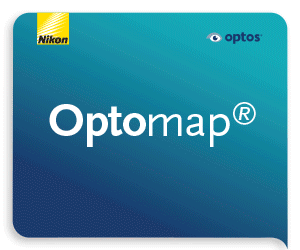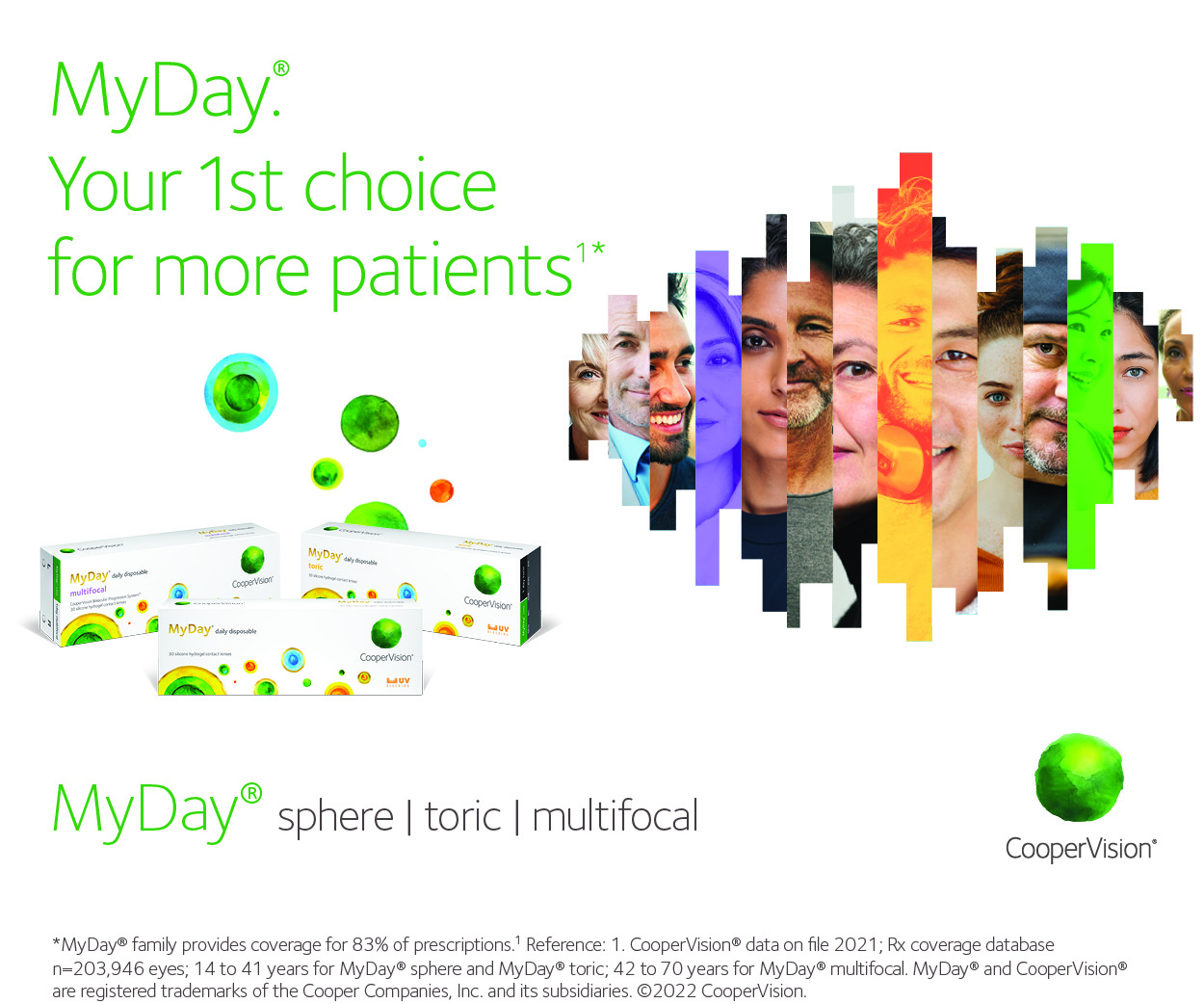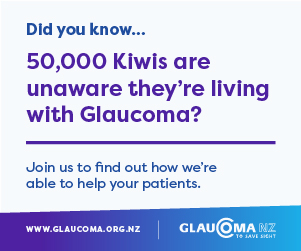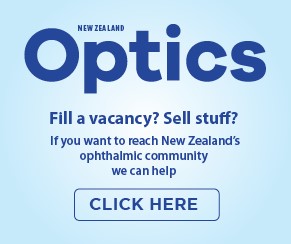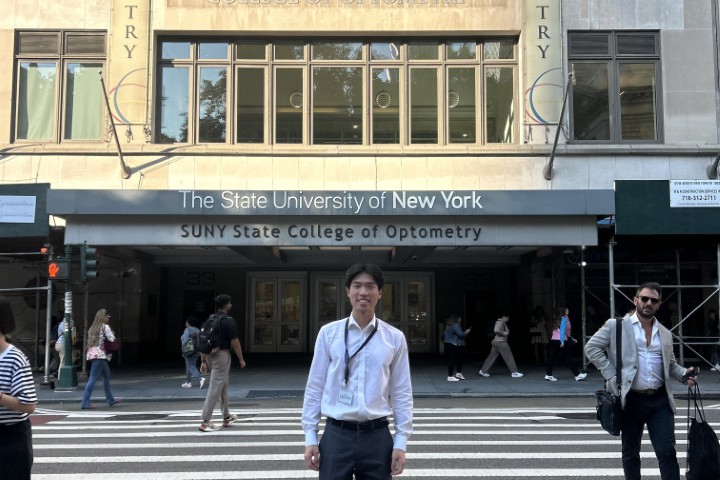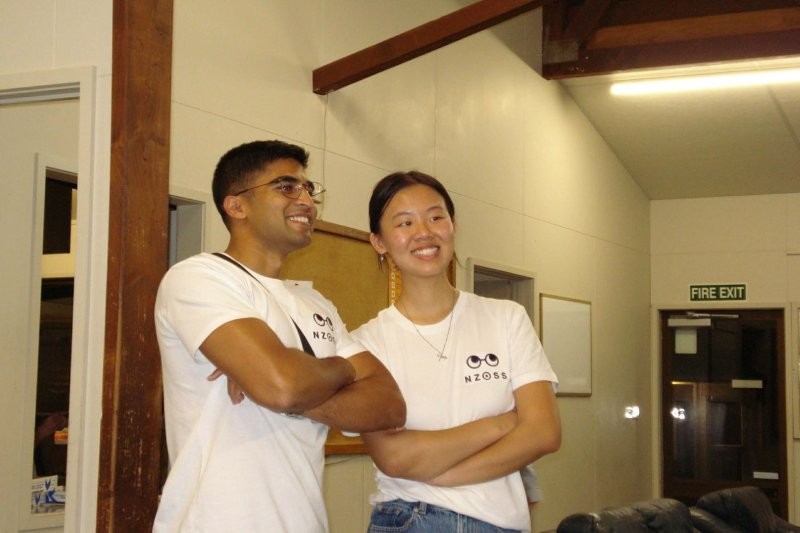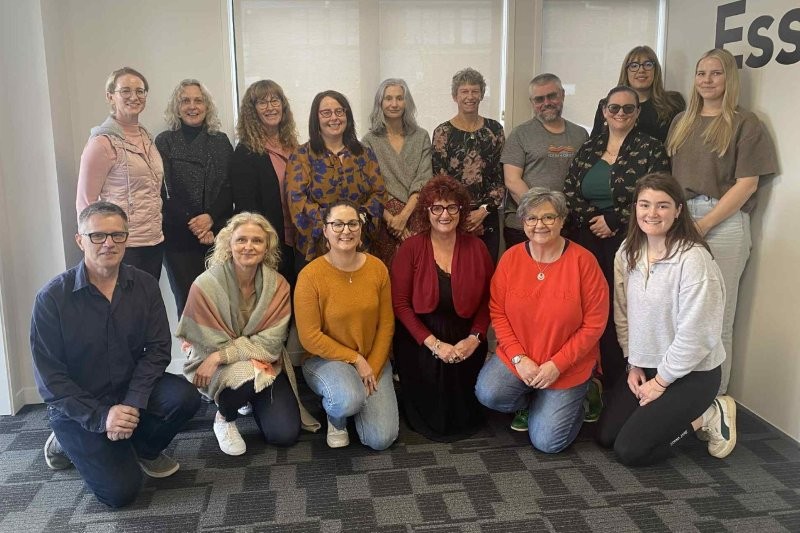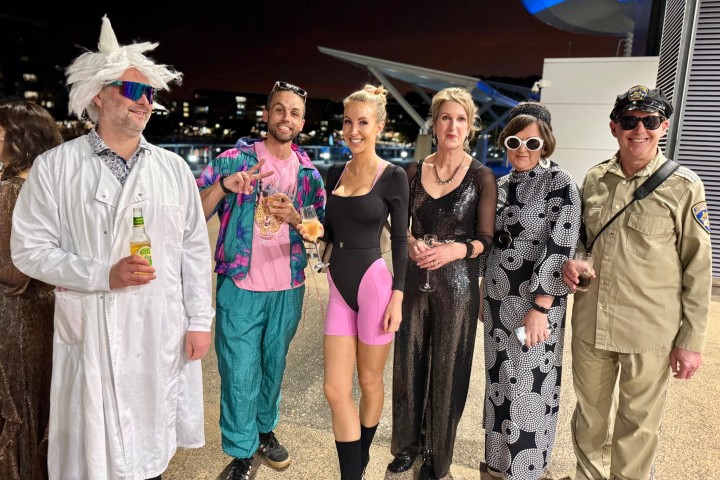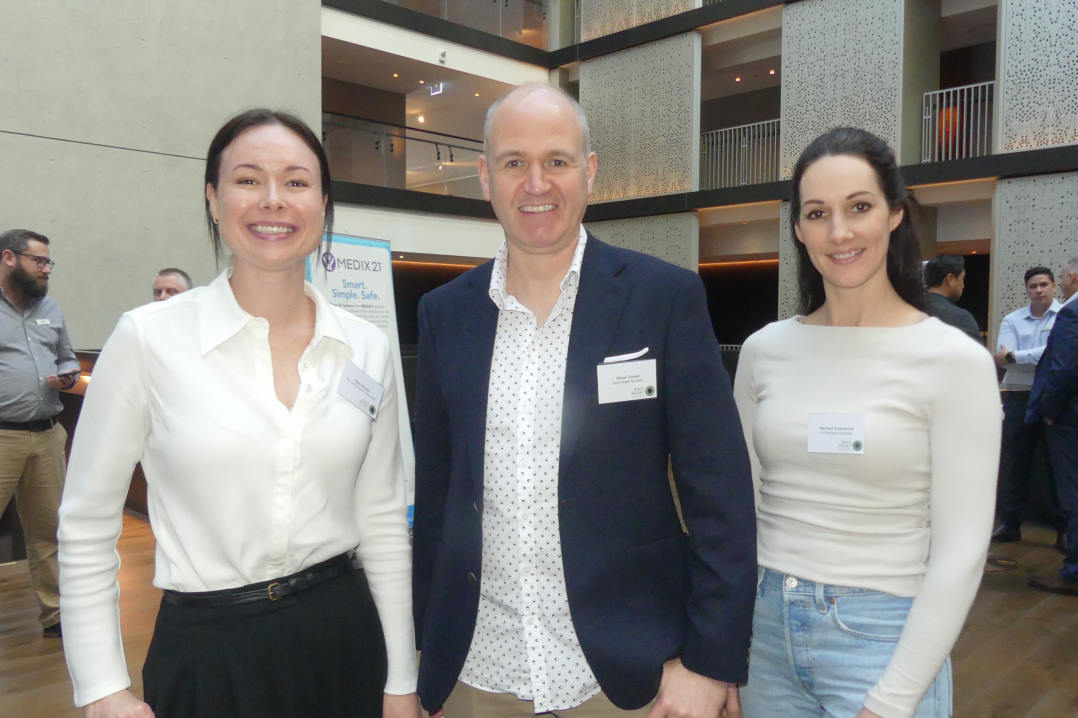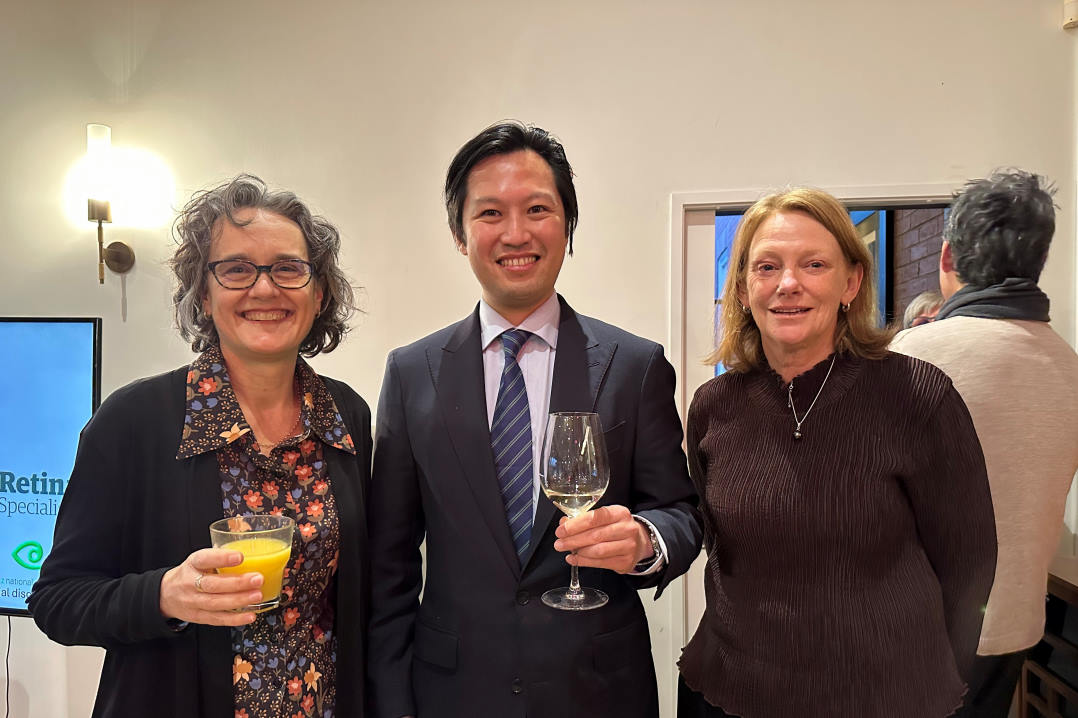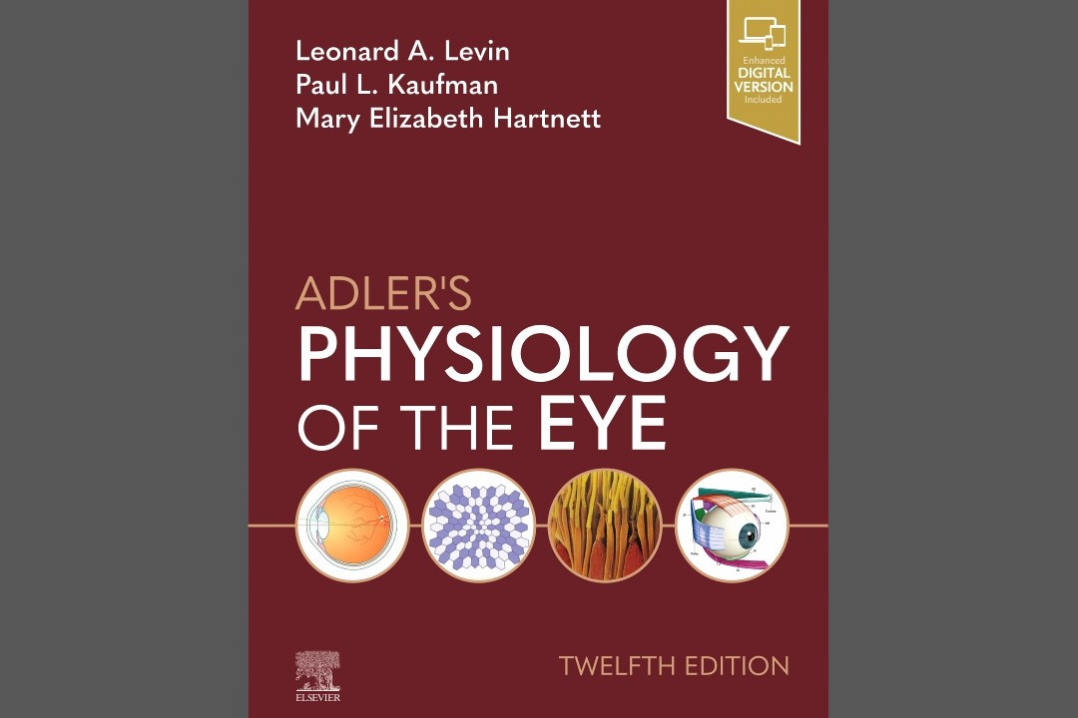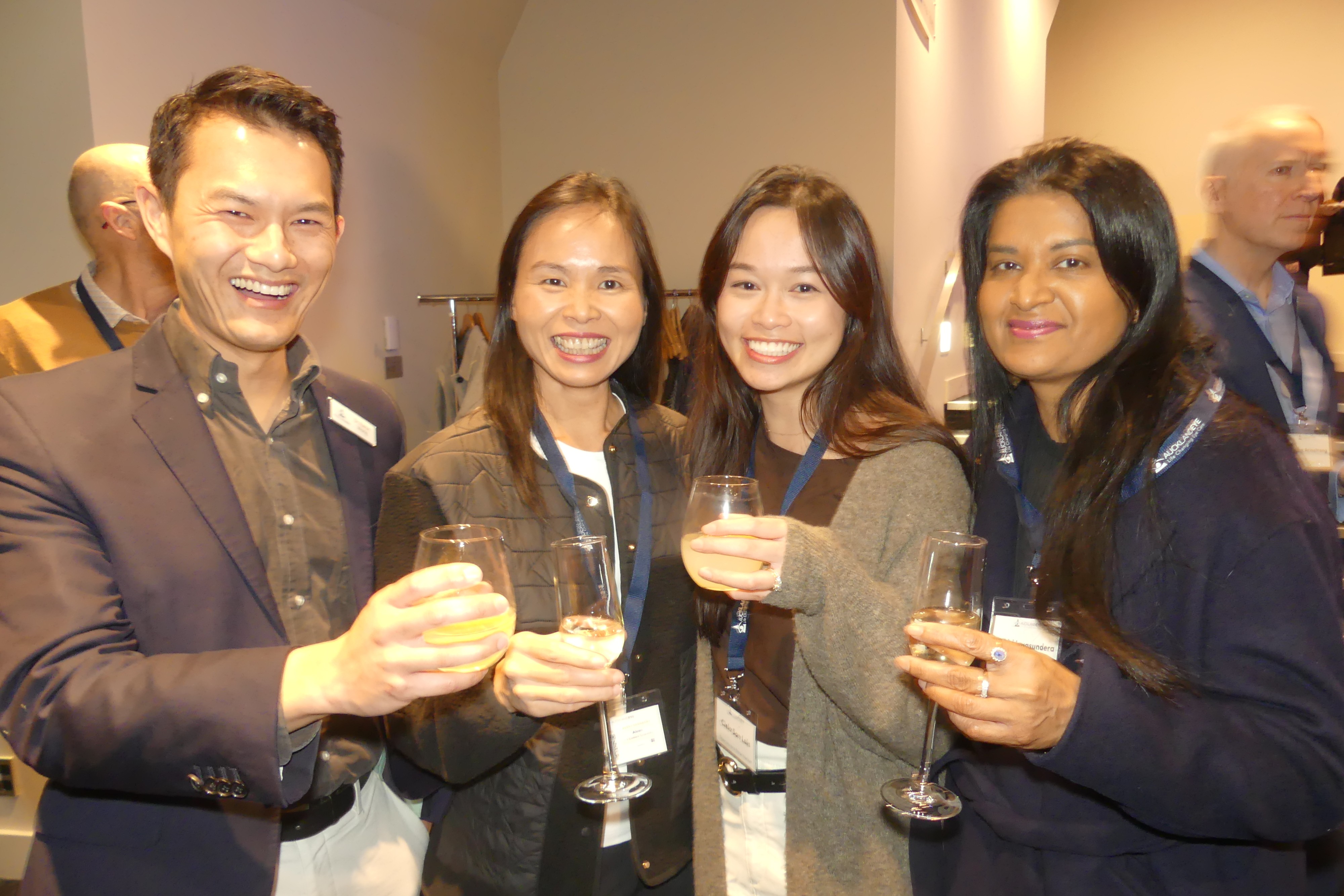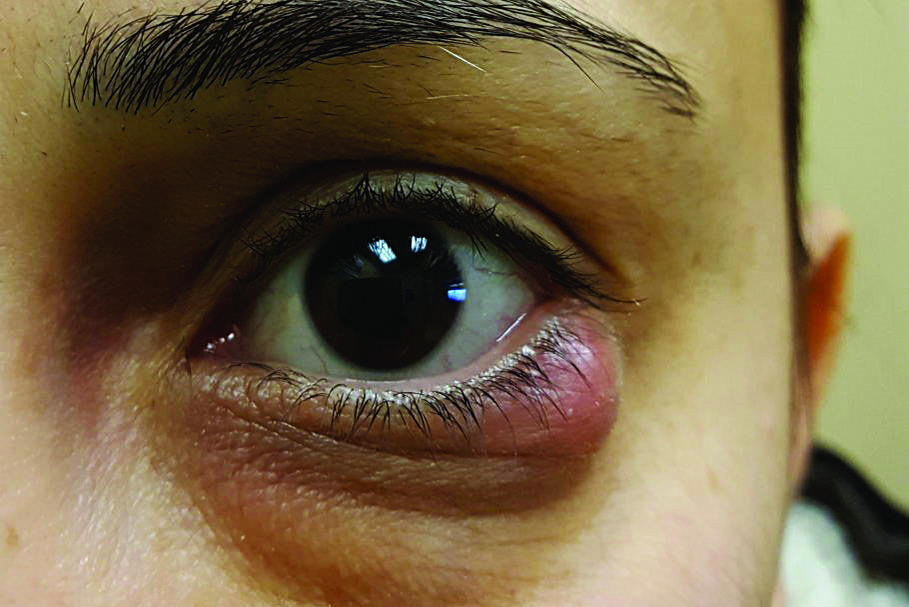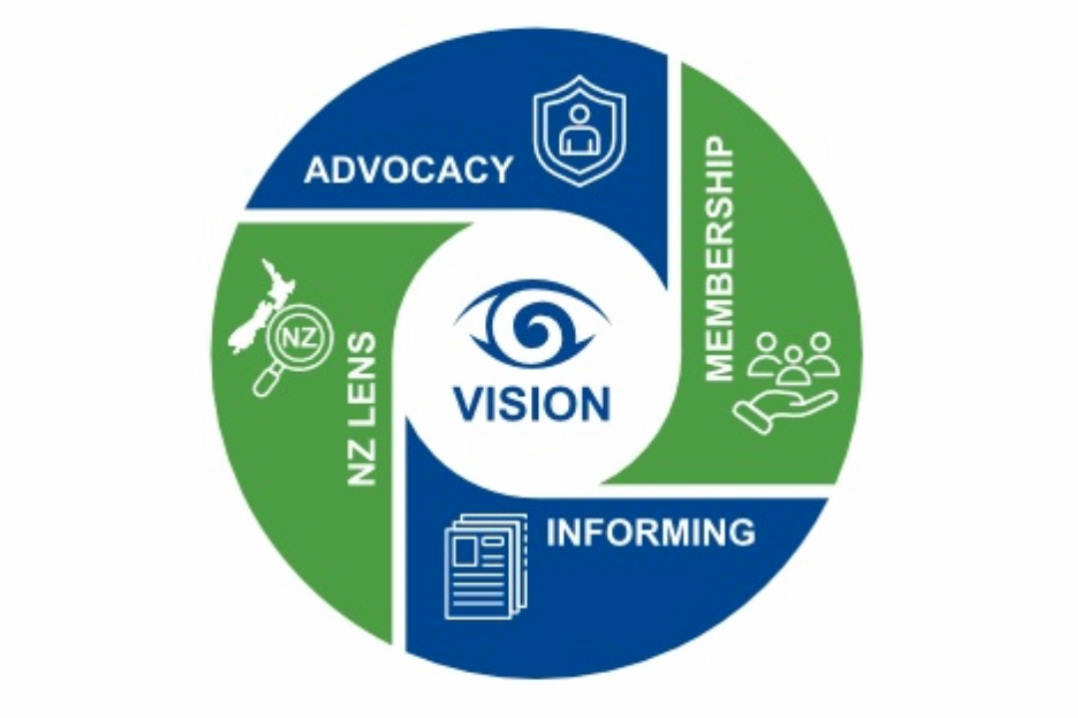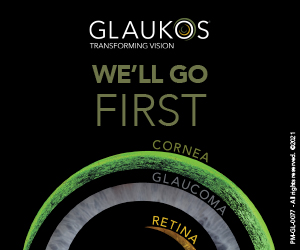A SUNY outlook
In August 2023, I was honoured to receive a Snowvision scholarship that enabled me to attend the State University of New York College of Optometry (SUNY) the following September. The trip marked my first visit to the US, making the experience particularly exciting.
Travelling to New York involved a direct flight from Auckland to JFK Airport; at 16 hours it’s one of the longest flights in the world but I did manage to sleep and arrived feeling relatively refreshed.
September in New York remains mostly sunny, with temperatures comfortably ranging in the mid-20s. My favourite attraction was Central Park with so much to do from cycling and visiting the zoo to sightseeing and attending a variety of activities via event-sharing website Meetup. Navigating the city was surprisingly simple and I took advantage of it by purchasing a one-month train and bus pass, which proved to be perfect for my stay.
SUNY, centrally located in Manhattan on 42nd Street, is an impressive 18-floor building, complete with a library and floors dedicated to various clinical disciplines including primary care, contact lenses, paediatrics, myopia management, retina, glaucoma, anterior segment/dry eye, neuro-ophthalmology, electrophysiology, vision therapy, low vision, head trauma and learning disabilities.
I primarily participated in clinical observation alongside students, residents and supervising optometrists and was particularly fascinated by the vision therapy and head-trauma units. SUNY is renowned in these areas, receiving referrals from across the state. Vision therapy courses can last up to 16 weeks and use tools like the aperture rule, vectograms, Brock strings and various home exercises.
In the dry-eye clinic, I saw frequent prescriptions for cyclosporine (Restasis, Cequa) and lifitegrast (Xiidra). In New Zealand, cyclosporine is available only under Section 29 of the Medicines Act, which allows medical practitioners to prescribe unapproved medications. Lifitegrast is prescribed in Australia but, to my knowledge, is not yet available in New Zealand. Having these medications as options for our patients with dry eye is something I hope to see in the future.
Another fascinating treatment I encountered was oxymetazoline hydrochloride 0.1% (Upneeq), an FDA-approved eye drop for acquired blepharoptosis. It is not yet available in New Zealand but could be a promising option for mild cases where surgery isn’t indicated. An alpha-adrenergic agonist, Upneeq works by stimulating Müller’s muscle to elevate the upper eyelid. Patients typically use one drop per eye daily, with effects lasting up to eight hours. However, it’s essential to rule out other causes of ptosis that could be vision- or life-threatening. Contraindications include uncontrolled blood pressure and the use of monoamine oxidase inhibitors (typically prescribed for patients with major depressive disorder, atypical depression, or Parkinson's disease). Side effects may include eye irritation, redness, dry eye, blurred vision and headaches.
I gained a lot of insight from observing optometrists performing electroretinography, electrooculography and visually evoked potentials. Another intriguing tool, the Cerium Intuitive Colorimeter, is used to fine-tune the hue, saturation and brightness of colours to alleviate visual stress, migraines and other neurological symptoms. One notable application of this device was in treating persistent visual snow.
Optometry in the US is often at the forefront of advancements, although the scope of practice varies by state. For instance, New York optometrists are still restricted from performing laser procedures. I was also surprised to learn that, at the time of my visit, they couldn’t prescribe myopia control spectacles, due to the country’s complex regulatory system.
Overall, I’m proud to see that optometry in New Zealand closely parallels the high standards of New York’s practices – a significant achievement for our small island nation. I’m deeply grateful for the opportunity to learn at SUNY and I’m particularly excited to implement the vision therapy techniques I observed. I extend my heartfelt thanks to the Snowvision trustees Hamish Caithness and Dave Robinson for making this incredible experience possible.
Optometrist Jason Shen divides his time between Rototuna Optometrists and Rose Optometry in Hamilton. He has a special interest in contact lenses and myopia control.




